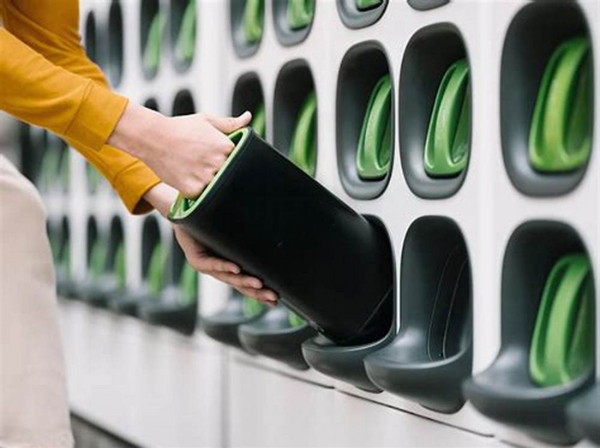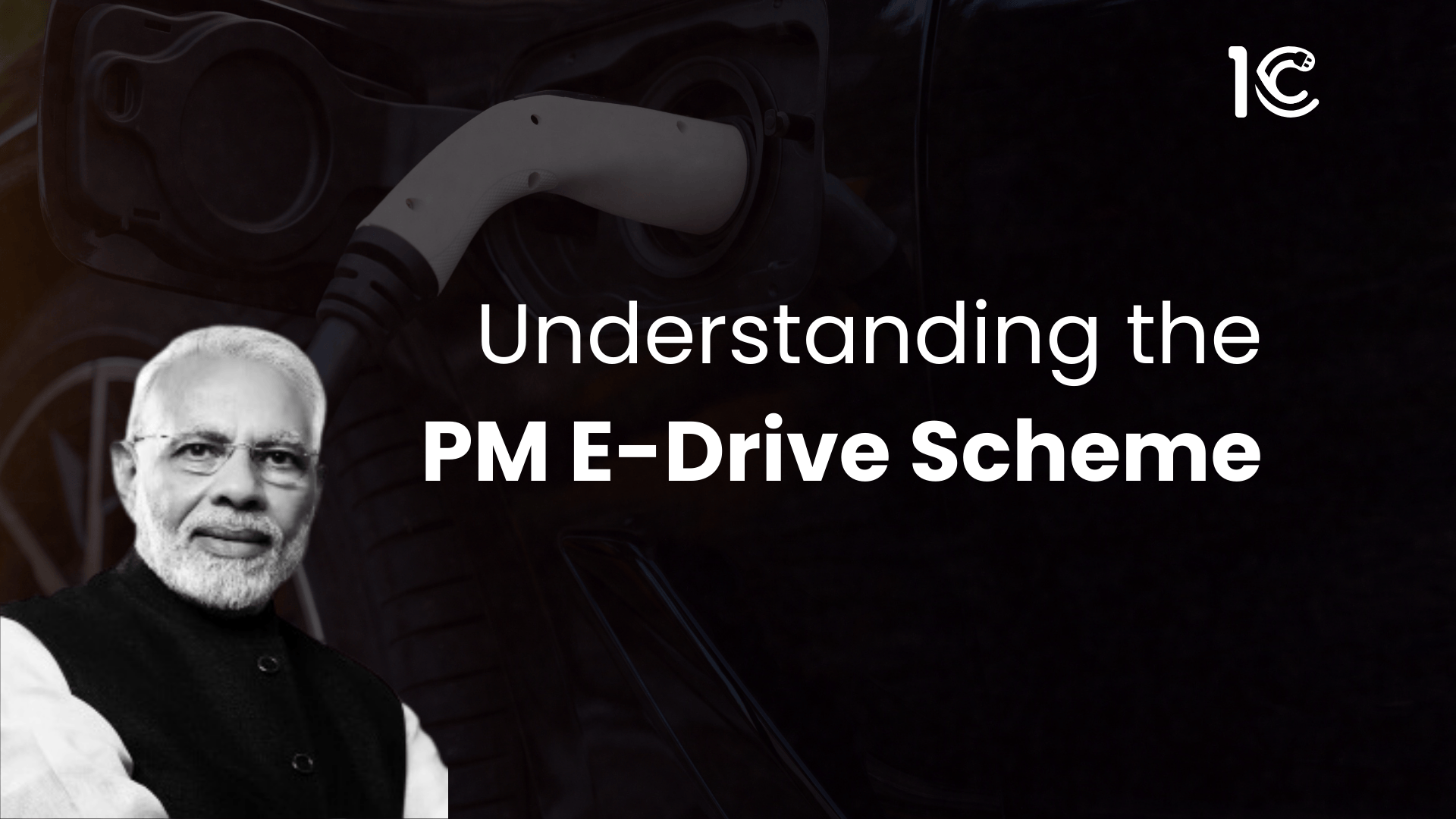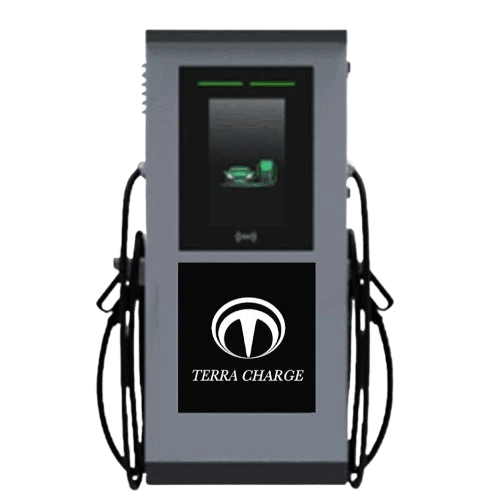India’s efforts to create a policy for EV battery swapping have hit a roadblock. Startups in the battery swapping industry resist standardisation, fearing domination by big businesses. Accusations of biased standards in the draft policy have created tension. Minister Nitin Gadkari’s recent Parliament response indicates ongoing negotiations, leaving the situation uncertain. Battery swapping, providing EV owners relief from range anxiety, is hindered by the lack of clear incentives and G.S.T. rate disparities. Startups argue against standardisation, fearing loss of competitive edge and potential takeover.
The delay in policy hurts the industry, affecting investments and state initiatives. Clarity on subsidies, vehicle compatibility, and safety standards is crucial for development. The involvement of multiple ministries and G.S.T. issues adds complexity to finalising the policy. Stakeholders emphasised the need for careful consideration to foster innovation while addressing industry concerns.
Table of content
- What is Battery Swapping in Electric Vehicles?
- Benefits of Using EV Battery Swapping in India
- NITI Ayog EV Battery Swapping Policy: Proposed Elementsy
- Discrepancies in Electric Vehicles and EV Batteries G.S.T. Rates
- Investment Concerns in the EV Battery Swapping Industry
- Challenges in the Development of EV Battery Swapping Policy
- Conclusion
- F.A.Q.s
What is Battery Swapping in Electric Vehicles?
Battery swapping in electric vehicles involves exchanging a depleted battery with a fully charged one at specialised stations. Instead of waiting for a car to recharge, users can quickly swap their drained battery for a fully charged one, reducing downtime and addressing range anxiety. This method lowers the overall ownership cost, as batteries are a significant expense in electric vehicles. The practice requires companies to own and maintain batteries while establishing user swapping stations. The Indian government is navigating policy discussions to regulate and standardise this process in the electric vehicle industry.
Benefits of Using EV Battery Swapping in India
1. Convenient Charging: Swapping EV batteries offers a quick and easy way to charge, saving time compared to traditional methods. This is especially useful for users who want fast turnarounds.
2. Less Worry About Range: Changing batteries seamlessly helps users feel less stressed about how far they can drive. Users can quickly switch out a used battery for a fully charged one, avoiding worries about running out of power during a trip.
3. Lower Ownership Costs: Exchanging batteries lets EV owners skip the high initial costs of buying a new battery. This helps significantly reduce the overall expense of owning an EV.
4. Flexible Infrastructure: Battery swapping allows for flexible infrastructure planning. Instead of only having charging stations, swapping stations can be placed strategically to serve different areas and user needs.
5. Boost for New Businesses: The battery swapping idea is a chance for new businesses, especially startups, to grow and compete in the electric mobility field. This competition can lead to new ideas and better services for users.
6. Less Waiting Time for Fleet Vehicles: In business uses like electric fleets, battery swapping means less waiting time. Vehicles can quickly return to work with freshly charged batteries, making operations more efficient.
7. Environmentally Friendly Practices: Swapping batteries encourages using renewable energy at swapping stations. This supports a greener way of charging EVs, fitting into broader efforts to reduce carbon emissions.
8. Tailoring to Different Needs: As battery technology improves, swapping allows for using different types of batteries for specific vehicle types and uses. This flexibility helps keep improving EV technology.
9. Government Subsidies and Incentives: Policies that help EVs often come with support or subsidies. By following government goals, battery swapping stations can get these benefits, encouraging more growth in this technology.
NITI Ayog EV Battery Swapping Policy: Proposed Elements
Standardisation of Batteries and Chargers:
The recommendation is to make all batteries and chargers for electric vehicles uniform. This aids in establishing a common standard throughout the industry.
Safety Requirements:
The suggested policy incorporates safety measures that must be adhered to for the secure operation of battery swapping stations. This includes guidelines to safeguard users and their vehicles.
Monitoring Systems:
The outlined plan underscores the necessity for systems to monitor batteries. This is crucial for understanding the condition of batteries and ensuring their safe usage.
Recycling Processes:
The policy draft centers on creating processes for recycling used batteries. This is vital for environmental sustainability and the responsible disposal of batteries.
Mechanism for Subsidies:
It proposes a method for battery swapping companies to access government subsidies. This is a supportive system to encourage and foster the adoption of battery changing technology.
Flexibility for Innovation:
The proposal highlights the importance of flexibility in how batteries are manufactured. This is to promote ongoing improvement and innovation in battery technology.
Interoperability Standards:
There is consideration for ensuring smooth collaboration among different systems. This involves establishing standards to guarantee compatibility among various battery swapping technologies.
Voluntary Interoperability Standards:
The concept is to maintain voluntary interoperability standards, allowing companies to decide whether or not to follow them. This prevents making it mandatory and linked to government support.
Delinking Standards from Subsidies:
The suggestion is to separate the standards for interoperability from government subsidies. This means companies can adhere to their standards without affecting the support they receive.
Consultations with Stakeholders:
The proposal includes ongoing discussions with a wide range of stakeholders. This encompasses battery swapping operators, manufacturers, vehicle companies, financial institutions, and experts. The objective is to gather diverse perspectives for a comprehensive policy.
Discrepancies in Electric Vehicles and EV Batteries G.S.T. Rates
In electric mobility, especially concerning electric vehicles (EVs) and their batteries, there’s a noticeable difference in Goods and Services Tax (G.S.T.) rates. This difference in tax rates means electric vehicles have a 5% G.S.T., while batteries face an 18% G.S.T., creating a significant financial difference.
This difference in taxes raises essential concerns in the industry. People involved highlight technical details, like using one code for hardware under the G.S.T. rules. This single code makes the G.S.T. rates different, making the financial side of electric mobility more complicated.

Dealing with and solving these tax differences is crucial for helping the electric mobility sector grow. Clear and consistent tax rules will make things easier for companies and customers when it comes to money and create a fair and supportive environment for the sustainable growth of electric vehicles and related technologies.
Investment Concerns in the EV Battery Swapping Industry
The confusion about India’s electric car battery swapping rules makes it hard for people to invest in the industry. People who are involved say we need a clear set of rules so that investors from other countries and those with money to invest can feel confident. Those with money want things to be fair, like how electric cars get help from the government. But there’s yet to be a clear answer on how that help will work for battery swapping. This lack of clear rules is stopping the battery swapping business from growing, and it needs a lot of money, around $80 to $100 billion, to get bigger. Getting clear rules is crucial so investors feel good about supporting and helping the battery swapping industry grow.
Challenges in the Development of EV Battery Swapping Policy
Standardisation Concerns
Small businesses in the battery swapping industry are worried about making all batteries identical. This might put them at a disadvantage compared to big companies joining the industry. Imagine you have a small shop, and if the rules say your batteries must be precisely like the big shops, it might be more challenging for your business to grow.
Small Players Claim Biasness in Policy Draft
Small companies say that the suggested rules in the policy plan show favouritism to one big player. This has led to accusations of unfairness and worries about a level playing field for everyone. It’s like playing a game where one team seems to have special rules and makes others feel it’s unfair.
Innovation Impact Worries
People in the industry are worried that strict rules about making things the same could stop new ideas. They say we need to be flexible in how batteries are made to keep improving battery technology. Think of it like being told you can only use one kind of ingredient in your cooking. It might stop you from creating new and tasty dishes.
Interoperability Issues
The Indian Battery Swapping Association (IBSA) says that making things work together is only an idea on paper and hasn’t worked well. They’re concerned that rules about this might become necessary and connected to government support. It’s like saying two different phones should work with each other’s chargers, but it might be more complex.
Policy Delay’s Effect on Industry
Talks about the rules are taking a long time, hurting the industry. People in the business say we need clear rules about support from the government, how vehicles should be designed, and how different batteries can work together.
State Governments Waiting
Some states need to understand how good swapping is, which is not helping the cause. It’s similar to everyone in a group project waiting for one person to take the lead, but no one is stepping up, causing delays.
Investment Uncertainty
Investors are unsure about putting money into the business because there’s no clear plan. People in the industry say we need around $80 to $100 billion to build more battery swapping stations, and investors want a clear plan from the government. It’s like wanting to invest money in a business, but you need to know the business plan and where the money will go.
Involvement of Many Agencies
Different parts of the government are talking to people in the industry, making things complicated. Dealing with different government groups makes it hard to make rules for battery swapping. It’s similar to having too many cooks in the kitchen; they all want to make different dishes, making it confusing and slow.
Different Tax Rates Issue
There’s an argument about taxes – one for electric vehicles is 5%, and one for batteries is 18%. This has technical problems, like having one code for hardware, which keeps the tax different for Li-ion batteries. It’s like buying a phone and being told the charger has a different tax rate than the phone, making things confusing for buyers and sellers.
Conclusion
The situation with India’s electric vehicle (EV) battery swapping policy is complicated. There are a lot of problems and challenges. People can’t agree on making batteries the same, and some say the rules are unfair. Also, there are worries about coming up with new ideas and making things work together. The delay in deciding on the rules is causing real problems for the industry. It’s affecting the money people want to invest, what states are doing, and how much the industry can grow. We need clear rules about support, ensuring vehicles work with batteries, and keeping things safe. The government, different groups, and tax differences make it even more complicated. Fixing these problems is essential for India’s battery swapping industry to grow and do well.
F.A.Q.s
1. What are the challenges in formulating an EV battery swapping policy in India?
Challenges include resistance to standardisation by startups, accusations of biased standards in draft policies, and complexities related to incentives, G.S.T. rates, and industry concerns: ongoing negotiations and lack of clarity impact investments and state initiatives.
2. What elements are proposed by NITI Ayog for the EV battery swapping policy?
Suggestions include making all batteries and chargers the same, adding safety measures, creating systems to check batteries, establishing recycling methods, providing subsidies, allowing flexibility in battery creation, setting collaboration standards, and discussing with various stakeholders.
3. Why is there uncertainty and delay in India’s electric car battery swapping rules?
Lack of clear rules is making it difficult for people to invest in the business. Investors want clear plans like those for electric cars. Deciding rules is causing problems for the industry, affecting investments, state actions, and industry growth.
4. What is the new battery swapping policy?
The new EV battery policy refers to the guidelines and regulations established by the government to govern the swapping of electric vehicle (EV) batteries. This policy aims to standardise procedures for exchanging depleted batteries with fully charged ones, ensuring safety, efficiency, and environmental sustainability in the electric mobility sector. It addresses concerns such as standardisation, safety requirements, monitoring systems, recycling processes, subsidies, flexibility for innovation, interoperability standards, and stakeholder consultations. The policy is crucial for fostering the growth of the EV battery swapping industry while balancing the interests of various stakeholders.
5. Can you swap Battery in EV?
Yes, you can swap the battery in an electric vehicle (EV). Battery swapping is when the depleted or low-charged battery in an EV is replaced with a fully charged one. It offers a quick and convenient way to extend the driving range of the EV.
6. Why does India urgently need an EV battery Swapping policy?
India urgently needs an EV battery swapping policy for a few crucial reasons. Firstly, it promotes the adoption of electric vehicles by addressing concerns about limited charging infrastructure. Secondly, a standardised policy ensures safety and efficiency in the battery swapping process. Lastly, it encourages investment and growth in the EV sector, contributing to a cleaner and more sustainable transportation future.
Related Articles >>>
Understand the evolution of transport from horse carts to electric vehicles and explore how EVs are driving us toward a greener future!
Key considerations for successful EV charging infrastructure planning: site selection, utility integration, installation, and operational efficiency.
An authoritative guide to bust the most common myths about electric vehicles, making it easier to understand the real benefits of EVs.
Understand the powerful synergy between renewable energy and EV charging stations, shaping a cleaner and more sustainable future. Read on to learn more.
Can EVs really save the planet? Learn more about the environmental benefits and challenges of EVs, and how they fit into a larger sustainability strategy.
The PM E-Drive Scheme is a major step for driving the growth of EVs in India. Learn more about how it will impact the EV industry, businesses & consumers.



















